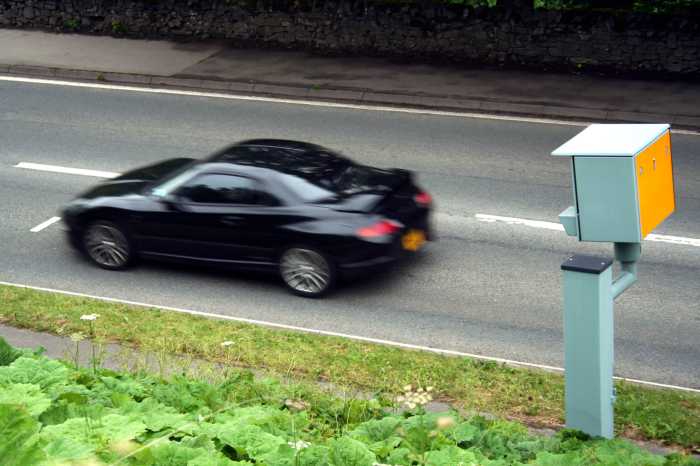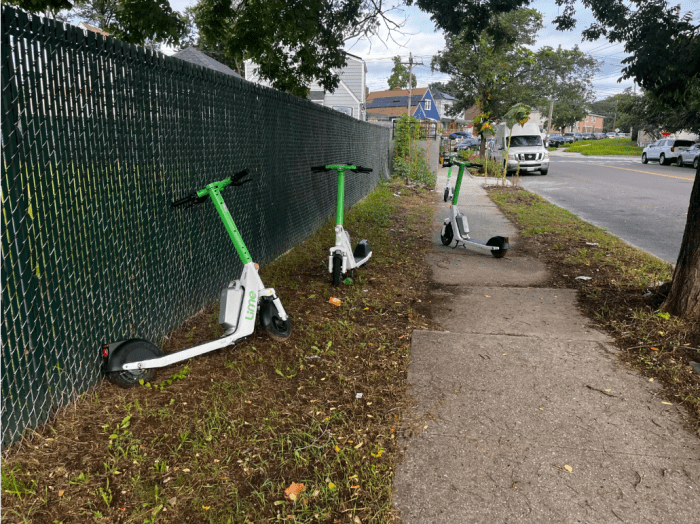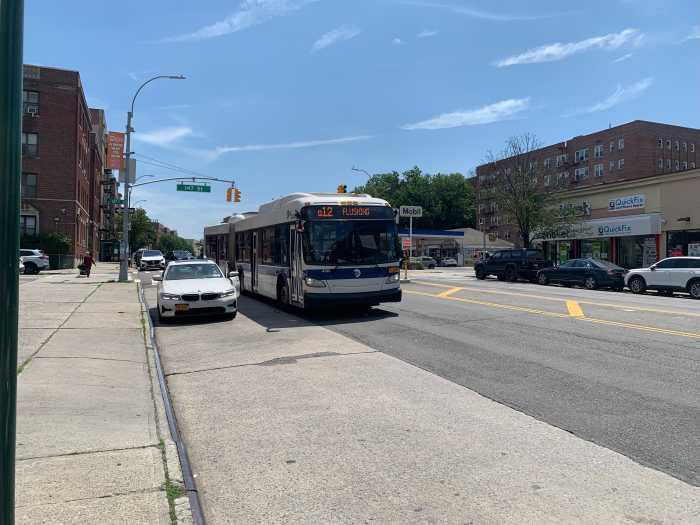Transit riders that use social media often post a nicely filtered picture of a subway, note a service change, or curse the MTA.
But the MTA will start to make use of riders online comments in its customer relations management system, according to Paul Fleuranges, spokesman for the New York City Transit.
“We realized early on that we needed to figure out how to incorporate this into the other correspondence,” Fleuranges said.
The new system is expected to be launched this fall and will entail “listening component” that’ll alert social media monitors and let them respond to a rider and track their complaint.
The MTA’s social media accounts — the MTA, NYCT, Metro-North and Long Island Rail Road each have Twitter and Facebook, with some agencies also on Flickr and Instagram — will still be monitored periodically or during an event, but not around the clock. Email will still be the most effective way to communicate with the MTA, Fleuranges said. Last year, subways and buses received more than 32,384 emails on 48,450 issues.
But once the social media tracking system is in place, “that will allow the agencies to then start interacting with customers in a way we feel we can track it and be responsible for it,” Fleuranges said.
Currently, the MTA’s social media presence tells its followers about service changes, delays, repair work and new initiatives.
“We push more than we pull at this point in the game,” Fleuranges said, “but we realized that as customers use that more and more, we’re going to have to find a way to adapt.”
The MTA would not comment on the potential the social media info could have on operations, but a report from the NYU Rudin Center for Transportation released Wednesday said robust tracking of Twitter or Facebook could better pinpoint overcrowding, lower cost and save time while gathering infortmation and change service to address issues.
“They have an opportunity to formalize this method of input from social media,” Sarah Kaufman, the report’s author, said. “All transit agencies need to take these posts seriously.”
Her report urges transportation agencies to “co-monitor” their transit system–that is, using mobile phone location data, social media posts and official reports. (Fleuranges said the MTA would likely not use “co-monitoring” but pass on a passenger issue to an operations department.)
Kaufman, who was an assistant staff analyst at the MTA who ran its open data program and social media initiatives, advocates two-way communication with transit agencies. She also suggested that the MTA run a public information campaign about how passengers can use social media to effectively pass on information, especially as more underground stations get Wi-Fi.
“At this point, people are only writing to the MTA if they’re huge rail fans or if something awful happens,” Kaufman said. “But there are a lot of people who have everyday experiences that they can communicate to the MTA in a rational way.”






























